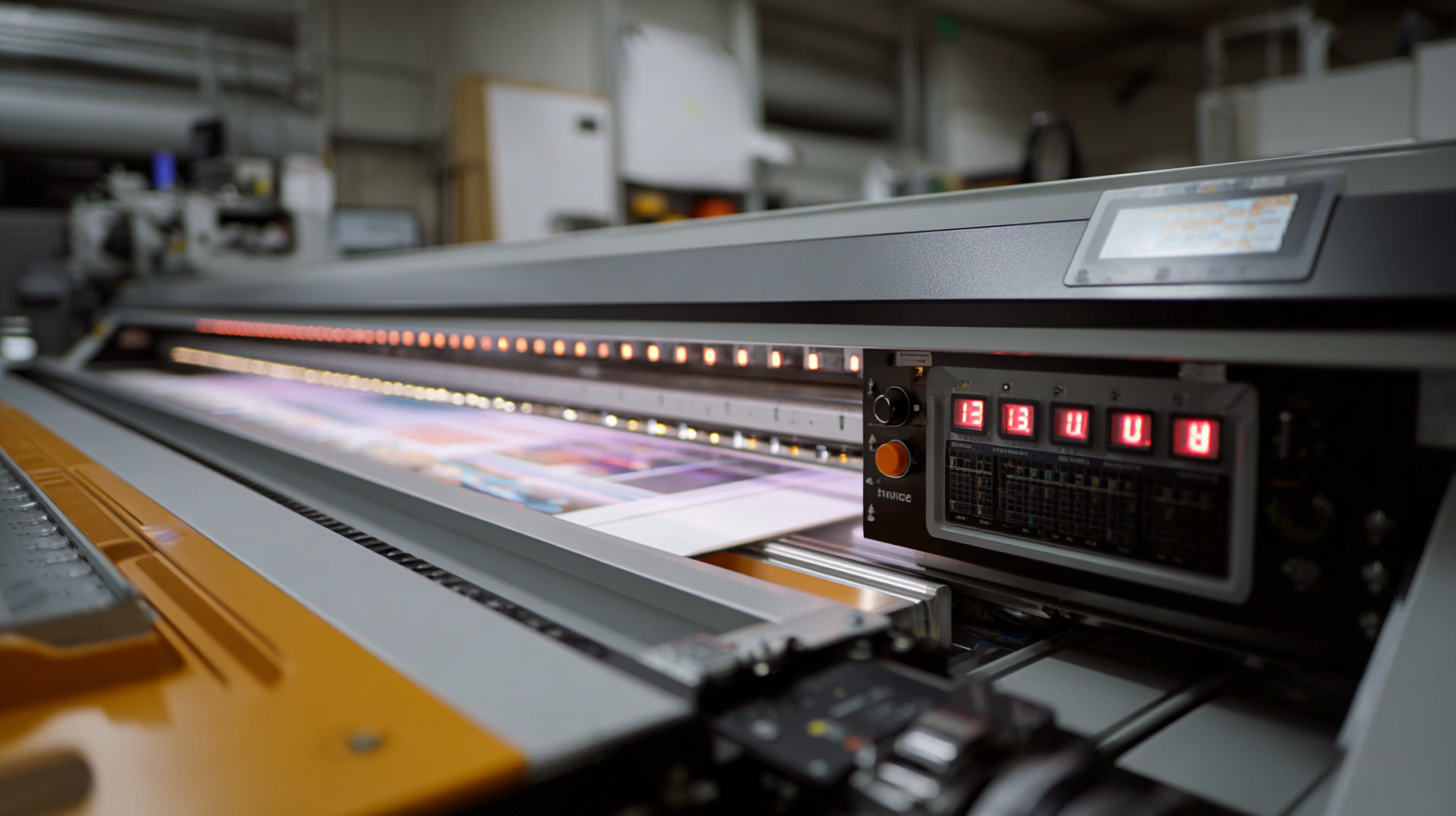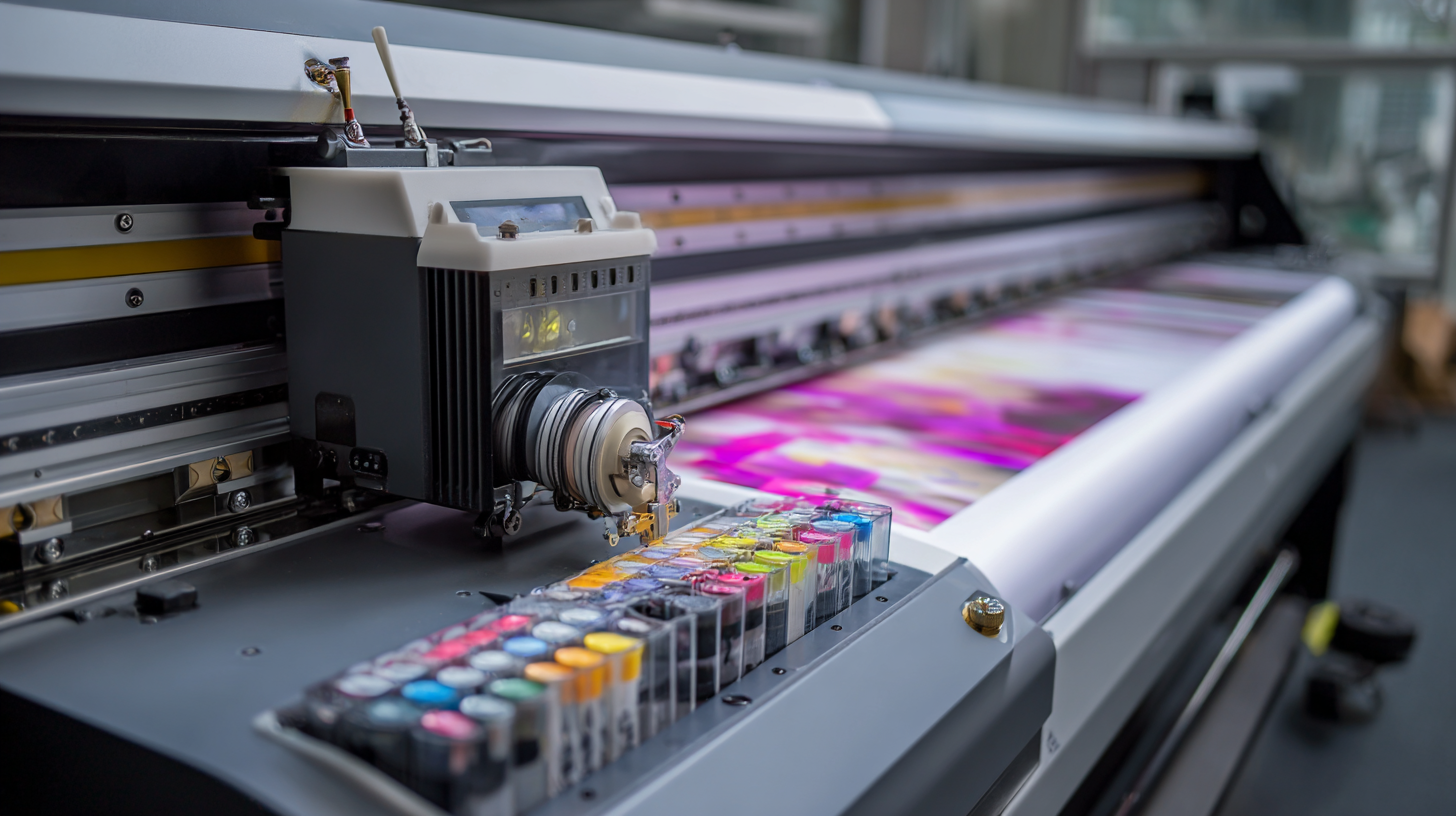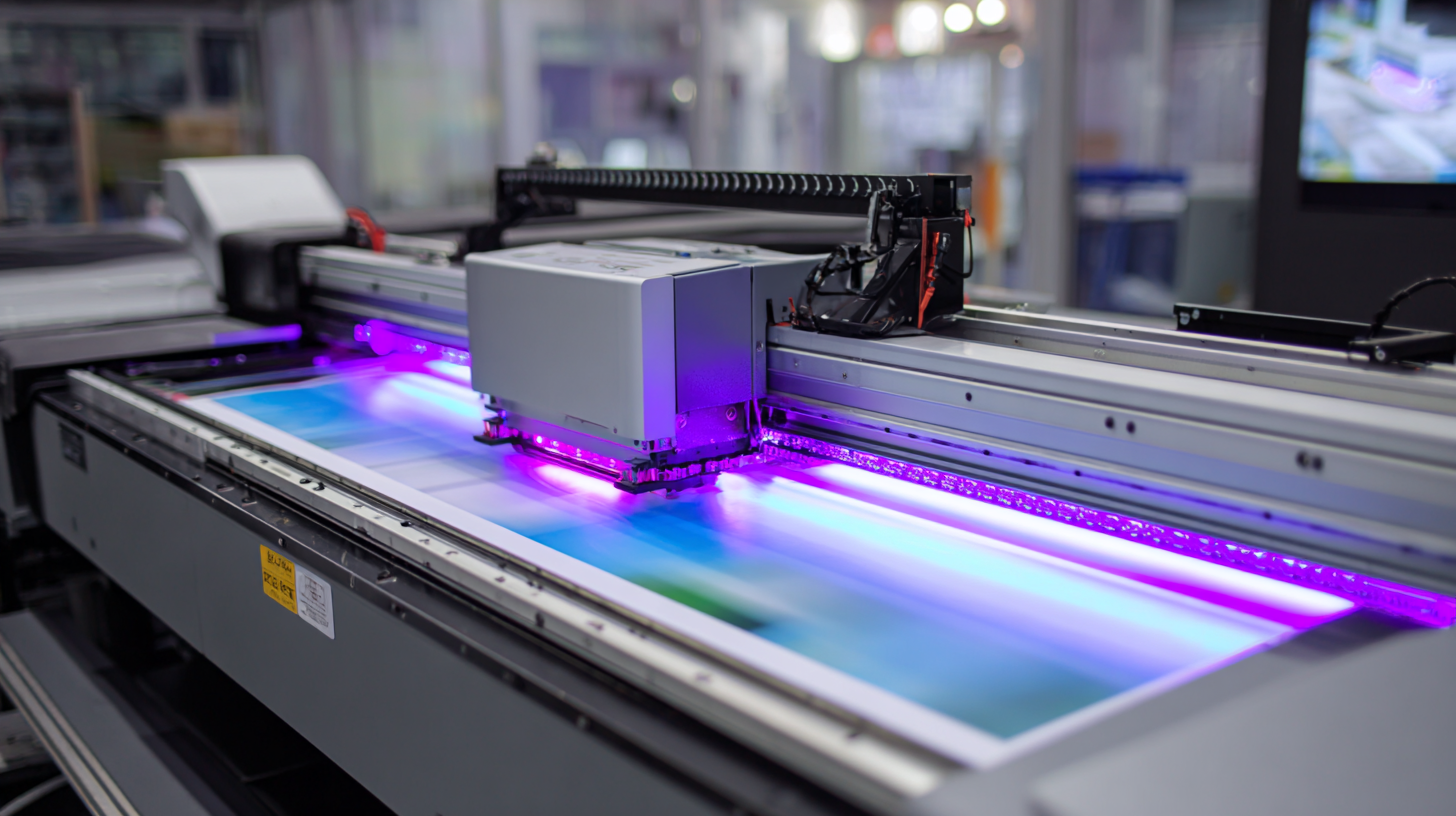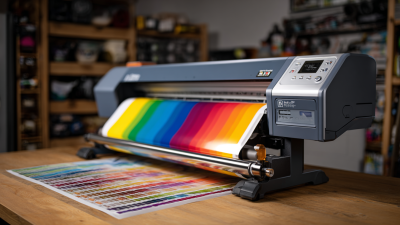In the competitive landscape of the sign industry, efficiency is paramount for success and profitability. A recent report by Smithers Pira highlights that the global sign-making market is expected to grow to $18.5 billion by 2025, with an increasing demand for faster production capabilities. One of the key tools driving this efficiency is the Cutting Plotter, which has been shown to enhance workflow effectiveness by up to 30%. These machines not only automate the process of cutting materials with precision but also reduce labor costs and wastage, contributing to a streamlined production process. As more businesses adopt advanced Cutting Plotters, they are poised to meet the growing demand for high-quality, customized signage while maintaining a competitive edge in a thriving market.

 In modern design workflows, cutting plotters play a pivotal role by streamlining processes and enhancing overall efficiency. These precision tools enable designers to translate their digital creations into tangible products with remarkable accuracy. By automating the cutting process, they eliminate the time-consuming manual tasks traditionally associated with creating signs and graphics. This not only speeds up production but also reduces the likelihood of errors, ensuring that the final output meets the exact specifications required.
In modern design workflows, cutting plotters play a pivotal role by streamlining processes and enhancing overall efficiency. These precision tools enable designers to translate their digital creations into tangible products with remarkable accuracy. By automating the cutting process, they eliminate the time-consuming manual tasks traditionally associated with creating signs and graphics. This not only speeds up production but also reduces the likelihood of errors, ensuring that the final output meets the exact specifications required.
Moreover, cutting plotters facilitate greater creativity and customization in design. With the ability to handle a variety of materials—from vinyl to paper—designers can experiment with different textures, colors, and shapes to bring their visions to life. The integration of cutting plotters into design workflows allows for rapid prototyping and iteration, empowering creatives to refine their concepts without the constraints typically posed by traditional methods. Consequently, the sign industry benefits not only from improved efficiency but also from the potential for innovative designs that captivate audiences and enhance brand identity.
Cutting plotters have revolutionized the sign-making process by automating and streamlining tasks that were once labor-intensive. These advanced machines can accurately cut intricate designs from a variety of materials, significantly reducing the time required to produce high-quality signage. By minimizing manual cutting efforts, businesses can enhance their productivity and focus on other critical aspects of design and customer service.
One of the key benefits of cutting plotters is their precision. With the ability to reproduce complex shapes and lettering with high accuracy, sign makers can ensure that every piece meets exact specifications. This level of consistency not only improves the final product but also boosts the confidence of clients in the quality of the work. Furthermore, cutting plotters can handle large volumes of output without compromising on quality, allowing businesses to fulfill larger orders in a fraction of the time compared to traditional methods.
The integration of cutting plotters in the sign industry has been transformative, particularly in terms of efficiency improvements in production time. By automating the cutting process, these devices enable designers and manufacturers to achieve a remarkable 30% reduction in time spent on producing signs. This acceleration allows businesses to meet tight deadlines while maintaining high standards of quality, ultimately giving them a competitive edge in a fast-paced market.
Moreover, cutting plotters streamline the workflow by minimizing manual intervention, reducing the likelihood of human error. This precise technology handles intricate designs with ease, allowing sign makers to focus on creativity and innovation rather than on repetitive tasks. The result is not only faster turnaround times but also a boost in overall productivity. As the sign industry continues to evolve, the reliance on cutting plotters showcases a significant shift towards efficiency-driven solutions that enhance operational effectiveness.
Integrating cutting plotters with design software can significantly elevate the productivity and efficiency of sign-making businesses. According to a report by the Sign Research Foundation, the ability to seamlessly connect cutting plotters with advanced design applications can improve workflow efficiency by up to 30%. This integration allows designers to create intricate designs while streamlining the cutting process, reducing time spent on manual adjustments and enhancing overall output quality.
Furthermore, the compatibility of modern cutting plotters with various design software ensures that businesses can maintain consistency and precision across their projects. By utilizing tools such as Adobe Illustrator or CorelDRAW, operators can directly send files to the plotter, eliminating the need for time-consuming conversions. This not only speeds up production time but also minimizes the chances of errors that can arise from miscommunication between software and hardware.
As reported by a recent industry survey, 78% of sign-making professionals who adopted integrated cutting systems noted a significant decrease in waste material, leading to greater sustainability and cost-saving for their operations.
Cutting plotters have revolutionized the sign industry by significantly boosting productivity for various businesses. For instance, a mid-sized signage company in Texas implemented cutting plotters into their workflow and observed a remarkable increase in efficiency. Previously, manual cutting processes took hours, often leading to inaccuracies and wasted materials. After transitioning to cutting plotters, the company reduced production time by 30%, allowing them to take on more projects each week and ultimately increasing their revenue.
Another compelling success story comes from a local event marketing firm that incorporated cutting plotters to enhance their promotional materials. With the precision and speed of the plotters, they could create intricate designs for banners and displays in a fraction of the time it used to take. This streamlined approach not only resulted in faster turnaround times for clients but also allowed the firm to expand its offerings beyond basic signage. By leveraging cutting plotter technology, these businesses have demonstrated the transformative potential of modern design tools, leading to improved productivity and customer satisfaction in a competitive market.












